1. The White Picket Fence
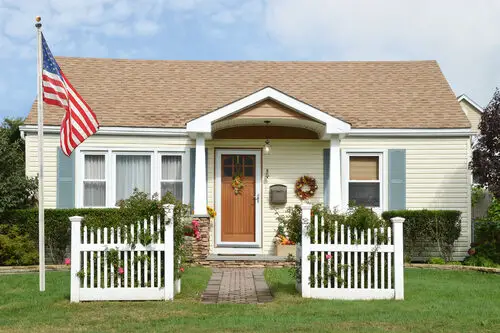
Once the ultimate symbol of postwar prosperity, the white picket fence represented homeownership, stability, and a happy nuclear family. In the 1950s, it was a reachable dream for many middle-class Americans thanks to affordable housing and booming suburban development. Fast forward to today, and skyrocketing real estate prices have made homeownership feel like a luxury rather than a milestone. The “starter home” of the past is now a financial stretch even for dual-income households.
That white fence now feels more like a gated community wall — separating those who can buy from those who can’t. Millennials and Gen Z are renting longer than any previous generation, not out of preference but necessity. The average home price-to-income ratio has doubled since the 1970s, pushing the dream further out of reach. The picket fence dream didn’t die — it just got repossessed.
2. The Lifetime Job
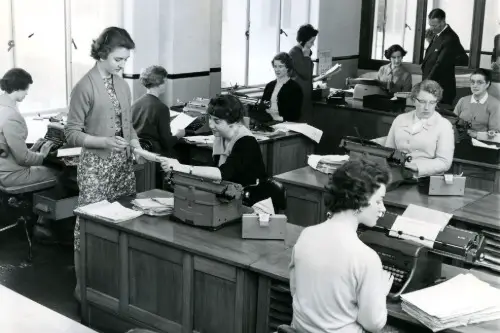
There was a time when landing a job at IBM or General Motors meant stability until retirement. Corporate loyalty was rewarded with pensions, health benefits, and a gold watch after 40 years of service. But as globalization, automation, and shareholder capitalism took over, that promise eroded fast. The average American now changes jobs every four years — not exactly the lifelong partnership previous generations expected.
The shift wasn’t just economic — it was cultural. Companies started calling employees “family” while quietly outsourcing or downsizing them. Gig work and contract jobs have replaced steady careers for millions. The dream of job security has aged into a harsh reminder that loyalty often flows only one way.
3. The College Degree Equals Success
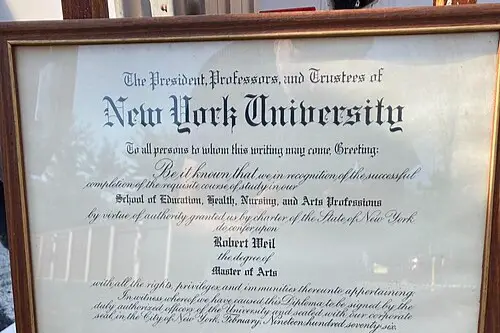
For decades, the mantra was simple: go to college, get a good job, live comfortably. That worked when tuition was manageable and a bachelor’s degree set you apart. Now, student debt has ballooned past $1.7 trillion, and many graduates find themselves underemployed. The return on investment has become increasingly questionable, especially in oversaturated fields.
Meanwhile, trade jobs and tech certifications are making a quiet comeback, often offering higher pay and less debt. The cultural push for a “degree at all costs” has left an entire generation financially hobbled before they even start their careers. Colleges keep raising tuition, while wages for degree-required jobs stagnate. The American Dream of higher education morphed into a very expensive gamble.
4. The Suburban Paradise
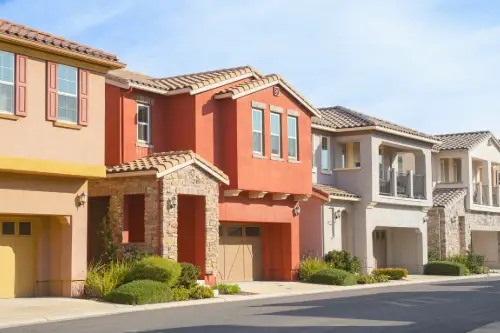
Suburbs were once the dreamscape of peace, space, and safety — a clean break from city chaos. Families flocked there in the mid-20th century, lured by affordable mortgages and the promise of community. But that promise often came with exclusionary zoning and racial segregation baked right in. Over time, the very design that promised tranquility led to sprawl, isolation, and car dependency.
Today, long commutes, rising property taxes, and environmental concerns are dimming the suburban glow. Younger Americans are gravitating toward walkable neighborhoods and public transit. Many suburbs are struggling to reinvent themselves as sustainable or inclusive. What once felt like paradise now looks like a relic of gas-guzzling optimism.
5. The Two-Car Family

Owning two cars used to scream middle-class success — freedom for both parents and room for the kids’ soccer gear. In the 1950s and ‘60s, cheap gas and sprawling suburbs made it practical. But now, car ownership eats up a massive share of household income, and new vehicles average over $48,000 each. Add insurance, maintenance, and $5-a-gallon gas in some states, and it’s less “freedom,” more “financial leash.”
Cities are slowly realizing the downside of prioritizing cars over people. Infrastructure crumbles under traffic demands, and the environmental toll is undeniable. More young adults are skipping car ownership altogether in favor of biking, ridesharing, or public transit. The American highway dream has hit a pothole the size of an SUV payment.
6. The Nuclear Family Ideal
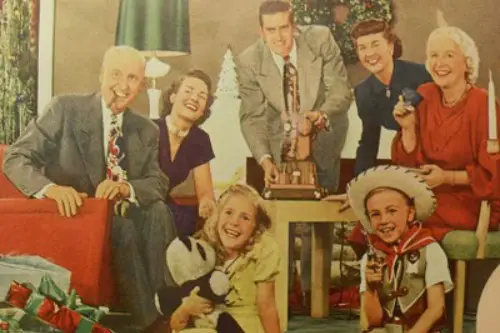
The “Leave It to Beaver” model — mom, dad, two kids, one dog — was once sold as the national norm. In reality, it was always more myth than majority, even in its heyday. Today, single-parent households, multigenerational homes, and chosen families are far more common. Economic pressures and evolving gender roles have completely reshaped the family structure.
Yet, cultural messaging still clings to that outdated mold. Politicians and advertisers invoke it as shorthand for “traditional values.” But those “values” often excluded huge swaths of the population — especially women and minorities. The American family dream didn’t just change; it diversified, and that’s not a bad thing.
7. The American Car Industry

For most of the 20th century, Detroit was the beating heart of American innovation. Owning a Ford or Chevy wasn’t just practical — it was patriotic. Then came oil crises, foreign competition, and a reluctance to adapt. By the time Toyota and Honda were dominating the market, the “Made in America” badge had lost its shine.
Even now, U.S. automakers struggle to keep up in the electric vehicle race they didn’t start soon enough. EV giants like Tesla and foreign companies are setting the new standard. While Detroit is trying to reinvent itself, it’s fighting decades of complacency. The car industry once symbolized America’s unstoppable drive — now it’s struggling to recharge.
8. The Credit Card Lifestyle
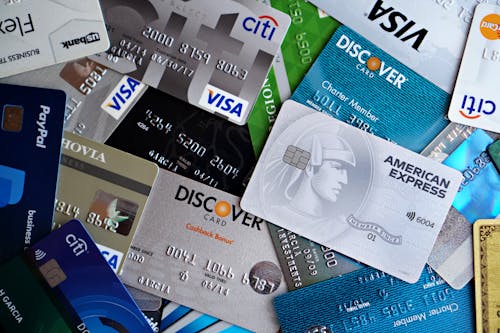
When credit cards hit mainstream America in the 1960s, they represented freedom and trust. Buy now, pay later — what could go wrong? Fast forward, and the average American household carries around $7,000 in credit card debt. What was once a symbol of convenience has become a treadmill of interest rates and minimum payments.
Easy credit fed a culture of consumption that few could sustain. People bought houses, cars, and vacations they couldn’t really afford, all in pursuit of status. Banks profited while consumers sank. The dream of financial flexibility turned into a lifetime subscription to debt.
9. The Small-Town Dream
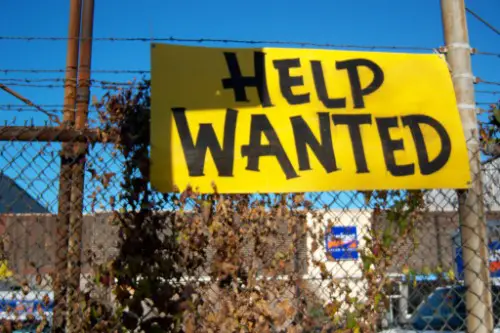
There was a time when small-town life represented community, safety, and slower living. Factories and local shops kept money circulating locally, and neighbors knew each other by name. But economic shifts, automation, and corporate consolidation gutted many of those towns. Now, boarded-up main streets and “Help Wanted” signs tell a different story.
Young people are moving away for better opportunities, leaving behind aging populations and shrinking tax bases. The sense of belonging that once defined small-town life has been replaced by survival mode. Some towns are fighting back with tourism or remote-worker incentives, but recovery is uneven. The heartland dream still beats — just a lot more faintly.
10. The American Dream of Upward Mobility
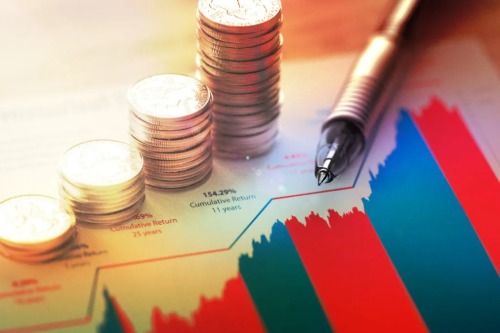
The idea that hard work guarantees success has been America’s favorite bedtime story. For a while, it seemed true — wages rose, unions thrived, and each generation did better than the last. But since the 1980s, income inequality has widened and social mobility has stalled. Studies show it’s now harder to move from poor to rich in the U.S. than in many European countries.
It’s not that people aren’t working hard — they’re just running in place. Stagnant wages, housing costs, and healthcare expenses eat up every raise. Meanwhile, the top 1% keeps pulling ahead. The “rags to riches” story has become more fantasy than formula.
11. The American Dream of Endless Growth

The postwar era sold a seductive idea: progress meant perpetual growth — more stuff, more money, more everything. For decades, GDP became the shorthand for national health. But the planet’s resources and ecosystems have limits, and the bill for unchecked growth is coming due. Climate change, overconsumption, and waste have made this dream unsustainable.
Now, even economists are rethinking what progress really means. “Degrowth” and sustainability movements challenge the assumption that more is always better. The new dream might be balance — not endless expansion. America’s obsession with growth aged badly because it never planned for what happens when you hit the ceiling.
12. The Dream of American Exceptionalism

For generations, Americans were raised to believe their country was uniquely virtuous and destined to lead the world. That belief drove everything from space exploration to foreign policy. But as other nations caught up — and sometimes surpassed — the U.S. in education, healthcare, and infrastructure, the myth began to crack. Self-confidence turned into self-delusion in some corners.
The idea that America is “the best” now rings hollow to many citizens who see crumbling roads and unaffordable medicine. Patriotism still runs deep, but blind faith is giving way to reflection. Maybe being “exceptional” isn’t about dominance but about humility and improvement. It’s a dream that could still evolve — if we let it.
This post 12 American Dreams That Aged Like Spoiled Milk was first published on American Charm.


